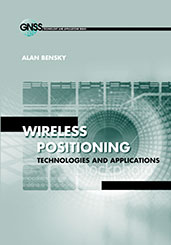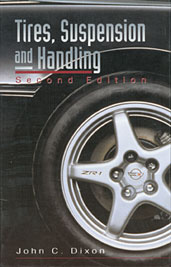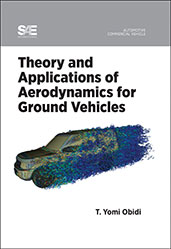Book

Wireless Positioning Technologies and Applications
2008-01-01
At last—here’s a comprehensive book that puts full details on all short-range wireless-positioning methods at your command for instant access and use. This one-stop resource surveys each technique’s theory of operation, advantages and disadvantages, applicability in different domains, implementation procedures, and accuracy to help you select the right technology for any application and ensure the best results possible. Real-life examples together with 161 diagrams help bring all options into sharp focus. After introducing wireless positioning fundamentals along with various personal, commercial, and industrial applications, the book guides you step by step through radio signal time of flight methods, the signal strength method, the angle of arrival system, and the geometric use of distance measurement to determine location. It discusses location awareness applications and implementations using cellular networks.



















